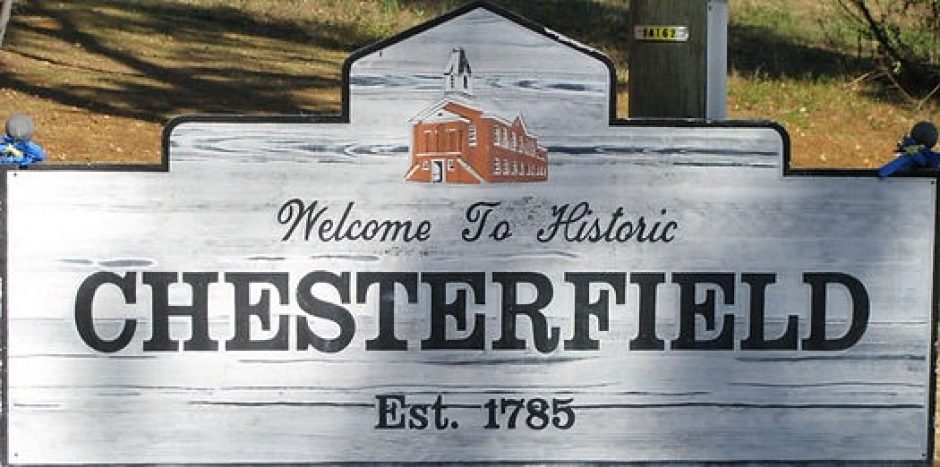Unless you drive through Chesterfield County with your eyes closed, you cannot fail to see the emergence of solar panel installations in many areas. Some people say this is the future, but if one dives into these projects, one will learn that there is more to them than the rose-colored glass viewpoint of the companies that want to continue trashing the landscape of Chesterfield County. This is the beginning of a series of articles on these solar projects. Today, we will look at a simple daily reality in Chesterfield County: severe weather conditions.
One of the claims that the developers of these projects tell us is that their solar cells are sealed so that dangerous materials cannot be exposed to the environment. It sounds good, but it does not seem accurate in real life. Two weather conditions show that these panels are very susceptible to heavy damage. One of these storm conditions is a hurricane. Here is an example of what a solar array looks like before experiencing the winds of a hurricane.

Chesterfield County has been subject to hurricane conditions more times than we wish to remember. Those of us who remember Hurricane Hugo can speak at length about the damage that a considerable hurricane can cause. But it does not have to be a powerful storm to cause damage. Because of the undulating terrain of Chesterfield County, areas in the county are subject to the “wind channeling effect” (known sometimes as the Venturi). This happens when the wind crosses a flat area and then slams into a gully or valley that “channels” the air, increasing the wind speed proportional to the compression placed by the wind flow in the terrain. In other words, the wind speed increases. Therefore, even a Cat. 1 or 2 hurricane can, at moments, have wind speeds greater than the classification would define the hurricane’s strength. When this happens, the following results can be expected:

As you can see, the panels have lost all structural integrity and the inner components are now subject to atmospheric exposure. This will lead to material breakdown and the expected pollution that will enter our environment. So much for panel integrity.
Another weather condition that is all too common for Chesterfield County is hail. Hail wrecks havoc on buildings, crops, and of course, our cars, and the result is catastrophic as the size of the hail stones increases. Many insurance companies have cut their exposure to hail losses by refusing to renew policies in areas subject to these conditions. Well, if you think the damage to a building can be horrific, check out what a hailstorm can do to solar arrays.

Once again, we see that the integrity of the panels has been compromised, and the inner contents are open to corrosive decay. This decay leads to the leeching of materials into the ground and nearby waterways- not a pretty sight at all.
In conclusion, the idea that solar arrays are not subjected to environmental destruction is incorrect. Just like all other things built by man, nature has many ways of proving it is the ultimate decision-maker for those who survive and those who don’t. I ask you, then, is it worth the risk of environmental destruction to the small amount of extra revenue Chesterfield County would receive for allowing them to be constructed in our county?
In the next article, we will look at another hazard of solar panel arrays: fire.
